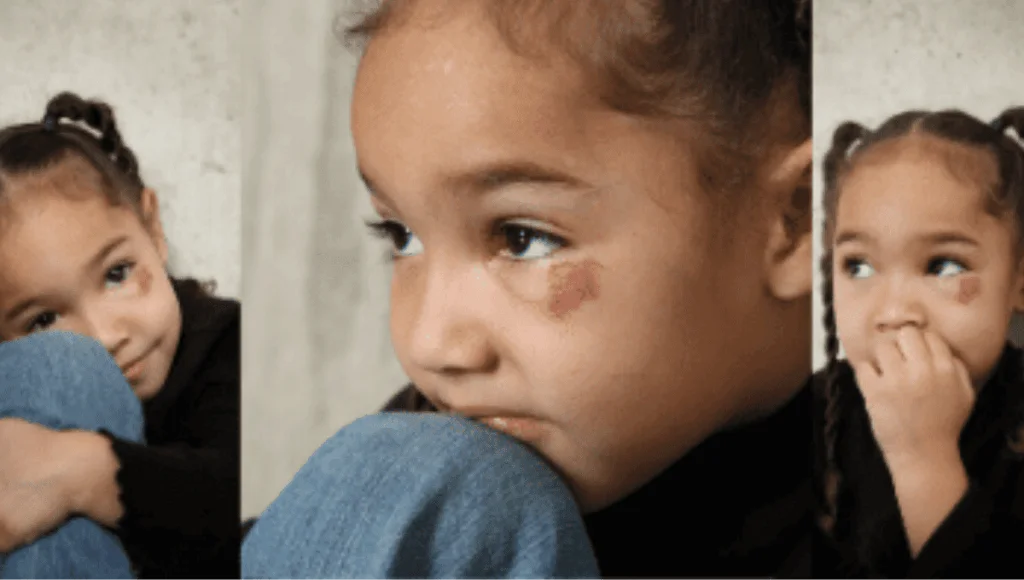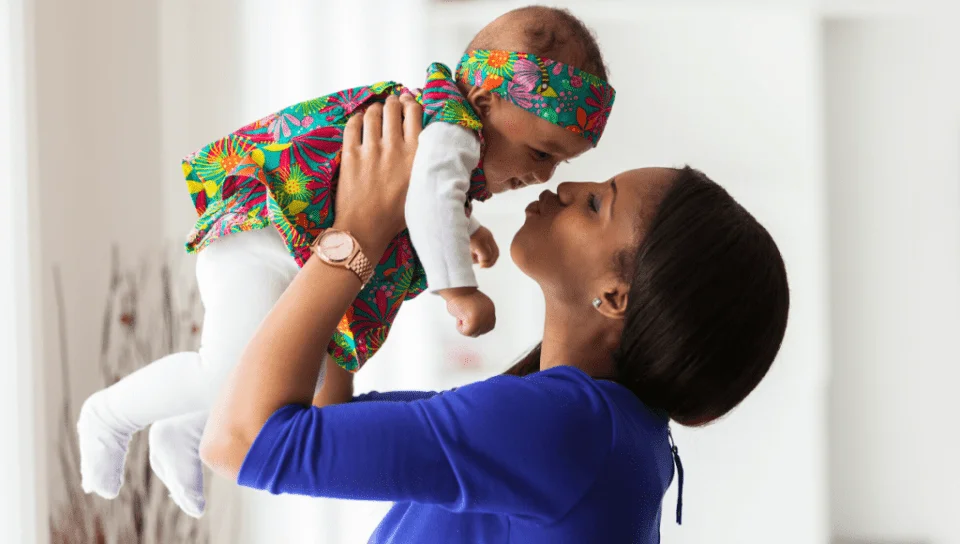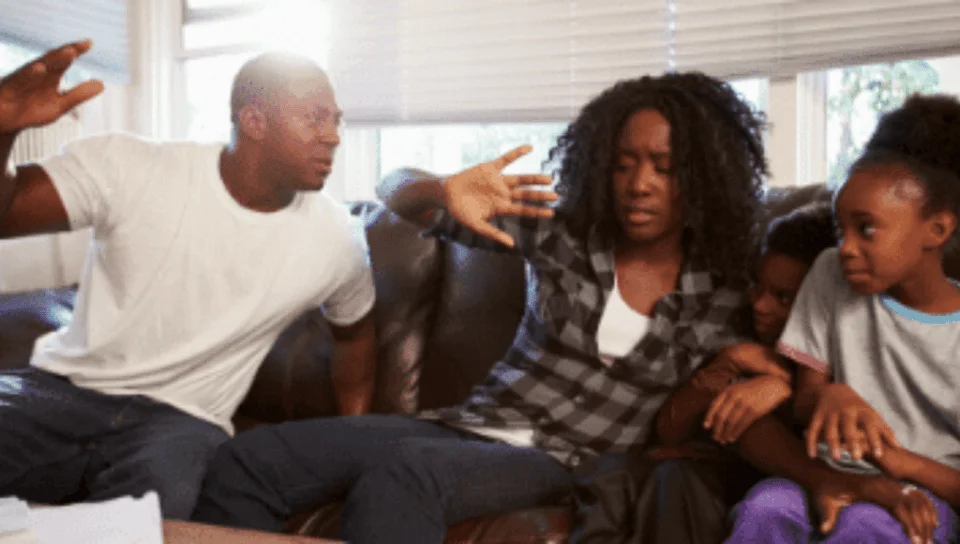Effects of Physical Discipline on Children And an Effective Approach Forward.

Every parent’s dream is to raise children who are responsible, confident, compassionate, disciplined, socially skilled, resilient, and self-reliant. The effects of physical discipline and an effective approach forward highlight parenting styles and their direct link to children’s behavior and overall development.
Isn’t it sometimes emotionally draining trying to figure out how to discipline your child effectively? Parents are often overwhelmed and frustrated trying to correct their children. For years, I struggled to figure out the appropriate way to discipline my children without causing fear and shame or inflicting unintended pain or injury. A parenting style that increases children’s competence and confidence is key.
The good news amid the struggle parents share globally is that different approaches have been researched and proven to be effective in getting kids to listen.
First, I will share my experience with physical discipline
My experience with physical discipline.
Having grown up in a traditional African household with seven siblings and parents as conservative as most in my community. There was only one style of parenting: issue orders and expect them to be followed. There were dire consequences for disobedience, which caused fear, bred resentment, and ultimately created a disconnect between my parents and me.
With the physical and emotional scars that physical discipline left. I had always wondered why being hit or spanked was the only solution to misbehavior but never really got any answers.
Fast forward to adulthood, I realized my parents did not know better. They also did not have the luxury of the internet back then to educate themselves. So they parented the same way they saw growing up.
I had to come to terms with the fact that this was my fate. But it does not have to be the same for kids today. We have everything we need to STOP PHYSICAL DISCIPLINE.
Figuring it out as a mother
When I became a mom, I first thought I had to mirror my parent’s approach to parenting because that was what I learned growing up watching them. As humans, it is so much easier to keep that cycle going because it is instinctive.
I am grateful I was able to end the vicious cycle of physical discipline in my family. The sad truth, though, is that I didn’t know how damaging physical discipline is to a child’s development and well-being. And how it leaves parents emotionally drained, I probably would still believe that it is the right and only way to parent.
Scientific research by Elizabeth T. Gerhoff found that “the more successful physical punishment is at stopping aggression immediately, the more likely it is that children will themselves use physical force to get what they want in the future.
Physical discipline is detrimental to children
“So often, children are punished for being human. They are not allowed to have grumpy moods, bad days, disrespectful tones, or bad attitudes. Yet, we adults have them all the time. None of us are perfect. We must stop holding our children to a higher standard of perfection than we can attain ourselves.” — Rebecca Eanes
For decades, parents have used physical discipline to express their displeasure with children’s misbehavior while completely disregarding the fact that physical discipline has been proven to increase rather than decrease misbehavior.
Though parents or caregivers typically discipline intending to teach, control, or correct a child’s misbehavior. Studies have shown that this kind of discipline, intended or unintended to cause pain, hurt, or injury to a child, has sometimes resulted in physical injury, emotional damage, or worse, death.
What children think about Physical discipline
Save the Children Alliance researched physical and humiliating discipline with children around the world and found that children overwhelmingly disagree with the idea that physical discipline leads to positive behavior.
Children agreed that they comply immediately after being hit. They also admitted refraining from misbehavior when faced with the threat of being hit again. The irony was that often, the younger children did not remember why they were hit;
This is because misbehavior is supposed to be a teaching opportunity for parents. So, choosing to hit instead of explaining to the child what they did wrong does not help them do better in the future.
Time-outs and Spanking are counterproductive.
A child is spanked or put on time-out, is it certain that while on time-out, she is reflecting on what she did wrong? or that she is thinking about how mean her parents were to her?” I think the latter.
If we perhaps change the way we see misbehavior and look at It as an opportunity for our kids to learn valuable lessons, then it will be so much easier to accomplish our short-term goal, which is to get them to comply. And also the long-term goal, is teaching them self-discipline, and soon enough, discipline won’t be needed.
More proof physical discipline is dangerous
In a meta-analysis by Larzelere and Kuhn, it was determined that; “physical discipline was no better at promoting the development of children’s conscience or positive behavior than were other methods of discipline, including reasoning, time-out, taking away privileges, threats, and ignoring misbehavior.”
A study by the World Report on Violence and Health also found that children who have survived abuse have fewer symptoms that do not necessarily get to the level of concern. Typically, the worst cases are those that show psychiatric symptoms like anxiety, aggression, depression, substance abuse, shame, or cognitive impairments, and the list goes on.
The Journal of Counseling and Development found that children who survive abuse must cope with the devastating consequences of physical and emotional scars. These scars not only affect their well-being; they also affect their academics and their overall developmental process into adulthood.
Why you should consider the Positive discipline approach
In the 1900s, children were to be seen and not heard; then came a human psychologist named Alfred Adler, who became an advocate for children’s rights. Adler advocated the idea that children be treated equally as adults with respect and dignity.
He also emphasized that parents set clear boundaries to avoid promoting behavioral issues like self-entitlement, Lack of respect and empathy for others, etc. That is why structure is critical in positive discipline.
Children deserve to be treated with respect and dignity.”– Alfred Adler
What is positive discipline?
Joan E. Durrant, Ph.D., defined positive discipline as “a non-violent and respectful of the child as a learner. It is an approach to teaching that helps children succeed, gives them information, and supports their growth.
Is positive discipline effective?
First, let’s get the misconception about positive discipline out of the way. Positive discipline does not mean that kids get to do whatever they want; This could not be further from the truth.
Positive discipline is about increasing your child’s competence and confidence to handle challenging situations.
Children’s emotional, physical, intellectual, social, and academic development depends on how parents interact with them on a daily basis.
Parents must understand that every child is unique; therefore, it is crucial to first connect with your child and become aware of their strengths and weaknesses as the positive discipline approach reinforces their strengths.
Parents are required to practice patience, persistence, and consistency and seek knowledge through self-education like reading parenting books and articles or seeking help from experts in child development.
When your child misbehaves, it is your cue to teach instead of punishing. When you teach, you are giving them the tools they need to behave better the next time and ultimately become self-disciplined. But when you punish, you create fear and a disconnect between you and your child.
How do I know a teaching opportunity?
Every time you feel like losing it, perhaps because, for the fiftieth time, your child will not comply. There is your cue. Take a deep breath and grab the opportunity. If you don’t feel calm enough to do so, put yourself on a time-out until you feel completely calm, then have a conversation with your child and make it a teachable moment.
For example, You have asked your daughter several times to pick up her toys, but she completely ignores you, and soon enough, you find yourself getting frustrated.
How you react to this situation will teach your daughter how to communicate respectfully, manage stressful situations, consider other people’s feelings, and handle conflicts without harming others physically or emotionally.
Every time you manage frustrating situations in such a calm manner, you are teaching her that she can also do the same every time she experiences frustration.
Show Warmth to your kids
Every child craves love and affection; unfortunately, we live in a fast-paced world where parents are on the go. As much as children need nutrition for their bodies to develop, they also need emotional nourishment, and when absent, it shows in their behavior.
Giving warmth to a child means that you tell them I love you often, give them plenty of hugs, pay attention to their feelings, give praise when due, see things their way, love them even when they mess up, play with them, support them, etc. When a child’s emotional needs are met, they tend to want to please their parents.
To demonstrate the importance of warmth;
If you found out that your son’s teacher was continuously yelling and criticizing him in class and often said things like, “You will never get it.” How well do you think your son will do in this class? You get the picture. I think you would rather the teacher shows kindness and understanding toward your son using encouraging words like, “I know you can do it.” When children feel loved and emotionally nourished. they are likely to flourish and be successful.
Structure is key
Creating structure provides a clear path that leads your child to appropriate behavior even when you aren’t around. It also shows children how to disagree constructively without the use of violence.
Some ways to provide structure include;
Being a positive role model, controlling anger, being fair and flexible, explaining why there are rules, telling them how their actions may be hurtful to others, and teaching them what they need to know to make good decisions. Etc
Having structure is key to any successful discipline approach; imagine your son again has started to learn a new subject in class, and his teacher is very encouraging and tells him he can do it. Or the teacher simply says things like, “Why even try? You will never get it.”
I believe you would want a supportive teacher for your son because he needs that kind of structure to succeed.
A word from Labellesviews
Our children are our world, and we would go to the end of the world and back for them, but sometimes, we are unsure of how to give them exactly what they need.
The goal here is to remember that kids were born with no prior knowledge of what is expected of them. Therefore, it is our job as parents to first understand their level of development before placing our expectations on them.
The good news is that children are learners and learn best with support and information. Provide your kids with warmth and structure, and watch their misbehavior begin to lessen.
Parenthood is tough, and parenting isn’t one size fits all, but a positive discipline approach has been proven to be a more practical approach. Check out how to get kids to listen. I hope that this was informative to you. If you enjoyed reading this post, please let me know what you think below.


